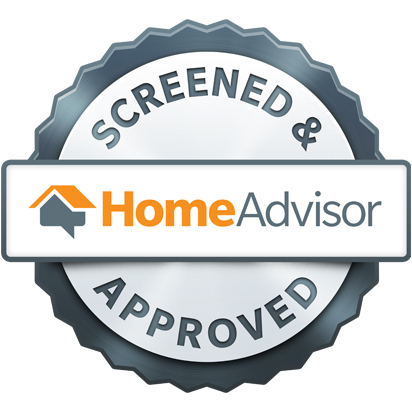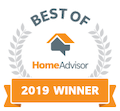
We spend lots of time indoors. In fact, the Environmental Protection Agency (EPA) has approximated being inside makes up 90% of our days. However, the EPA also has determined your indoor air can be three to five times more polluted than outdoors.
That’s since our houses are firmly sealed to boost energy efficiency. While this is fantastic for your energy costs, it’s not so good if you’re a part of the 40% of the population with respiratory allergies.
When outdoors ventilation is limited, pollutants like dust and volatile organic compounds (VOCs) can get trapped. Consequently, these pollutants might worsen your allergies.
You can boost your indoor air quality with clean air and regular cleaning and vacuuming. But if you’re still struggling with symptoms when you’re at your residence, an air purifier might be able to provide relief.
While it can’t eliminate pollutants that have settled on your furnishings or carpeting, it may help purify the air circulating across your residence.
And air purification has also been scientifically proven to help lower some allergic symptoms, according to the American College of Allergy, Asthma and Immunology. It might also be appropriate if you or someone in your household has lung issues, like emphysema or COPD.
There are two kinds, a portable air purifier or a whole-home air purifier. We’ll discuss the differences so you can determine what’s appropriate for your residence.
Whole-House Air Purifier vs. Portable Air Purifiers
A portable air purifier is for a single room. A whole-house air purifier works alongside your home comfort system to clean your entire house. Some models can clean on their own when your HVAC unit isn’t running.
What’s the Best Air Purifier for Allergies?
Look for an option with a High Efficiency Particulate Air (HEPA) filter. HEPA filters are used in hospitals and deliver the best filtration you can find, as they trap 99.97% of particles in the air.
HEPA filters are even more beneficial when installed with an ultraviolet (UV) germicidal light. This powerful blend can eliminate dust, dander, pollen and mold, all of which are standard allergens. For the best in air purification, evaluate equipment that also has a carbon-based filter to eliminate household smells.
Avoid getting an air purifier that generates ozone, which is the top component in smog. The EPA cautions ozone could worsen respiratory issues, even when discharged at low amounts.
The Allergy and Asthma Foundation of America has made a checklist of questions to consider when getting an air purifier.
- What can this purifier extract from the air? What doesn’t it take out?
- What’s its clean air delivery rate? (A better figure means air will be cleaned more rapidly.)
- How frequently does the filter or UV bulb need to be changed]? Can I finish that without help?
- How much do new filters or bulbs cost?
How to Decrease Seasonal Allergy Symptoms
Want to have the {top|most excellent|best] outcome from your new air purification system? The Mayo Clinic advises completing other steps to reduce your exposure to seasonal allergy triggers.
- Stay indoors and keep windows and doors sealed when pollen counts are heightened.
- Have other household members mow the lawn or pull weeds, since these tasks can irritate symptoms. If you have to do these chores yourself, consider wearing a pollen mask. You should also rinse off immediately and put on clean clothes once you’re done.
- Avoid drying laundry outside.
- Run the AC while indoors or while you’re on the road. Consider using a high efficiency air filter in your house’s HVAC equipment.
- Even out your house’s humidity saturation with a whole-house dehumidifier.
- Hardwood, tile or linoleum are the ideal flooring kinds for reducing indoor allergens. If your residence has carpet, install a HEPA filter on your vacuum cleaner.
Let Our Professionals Handle Your Indoor Air Quality Needs
Ready to move forward with adding a whole-house air purifier? Give our professionals a call at 208-561-1226 or contact us online to request an appointment. We’ll help you find the best system for your family and budget.




